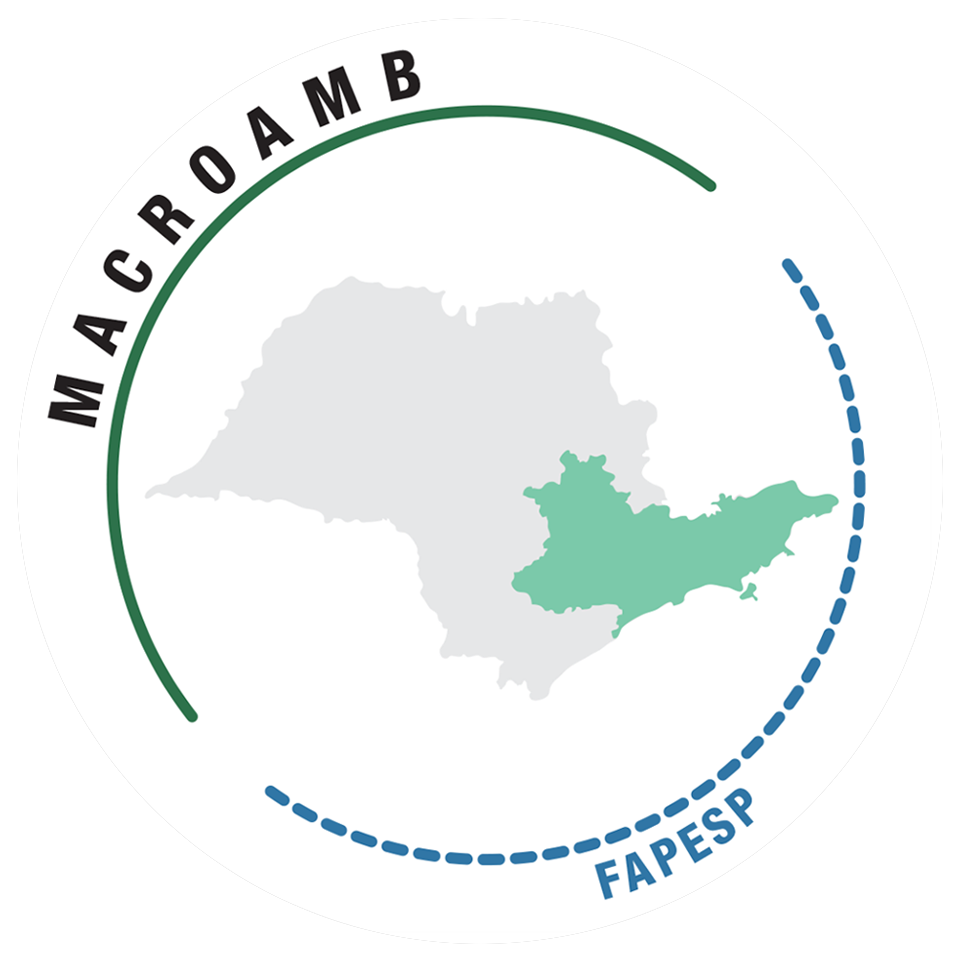Egg capsule deposition by the marine gastropod Olivella minuta: the importance of an interspecific relationship with the soft-bottom bivalve Tivela mactroides
In marine soft-bottom environments, the availability of hard substrates may strongly influence the reproduction of benthic species. Most marine gastropods attach egg capsules to any hard object lying on the sediment surface, but some species may choose to deposit egg capsules on living organisms. This study reports deposition of egg capsules on shells of living Tivela mactroides. We collected T. mactroides individuals in six sampling sites along a morphodynamic continuum to investigate which species was using T. mactroides as oviposition substrate as well as looking at the pattern of capsule deposition on the shells. More than 90% of T. mactroides individuals had one to 55 egg capsules on their shells, all belonging to Olivella minuta—the first record of this interspecific relationship. Most egg capsules were concentrated closer to the umbo of the bivalve (dorsal region) and there was no evident relationship between the number of egg capsules and length of T. mactroides. The number of egg capsules strongly decreased in more reflective beach conditions; however, the pattern of egg deposition on the shells was roughly similar in all sites. These findings increase our understanding of the reproductive biology of O. minuta and demonstrate the ecological importance of T. mactroides; they also emphasize that biological interactions and density-dependent relationships may influence the community ecology of soft-bottom habitats.
Autores
ORCID
ResearchGate
Lattes
ORCID
ResearchGate
Lattes
ORCID
ResearchGate
Lattes
ORCID
ResearchGate
Lattes
ORCID
ResearchGate
Lattes

